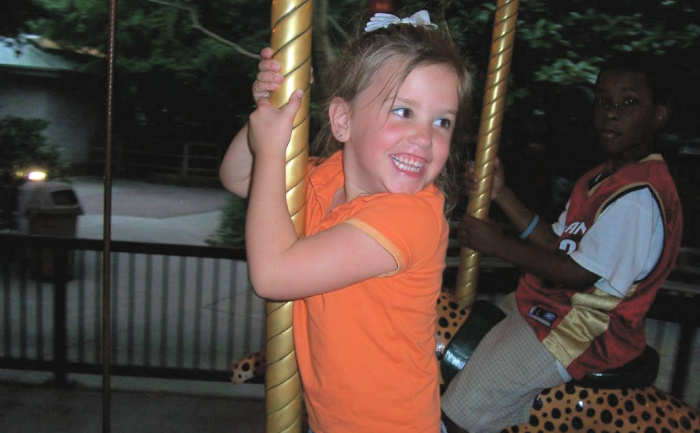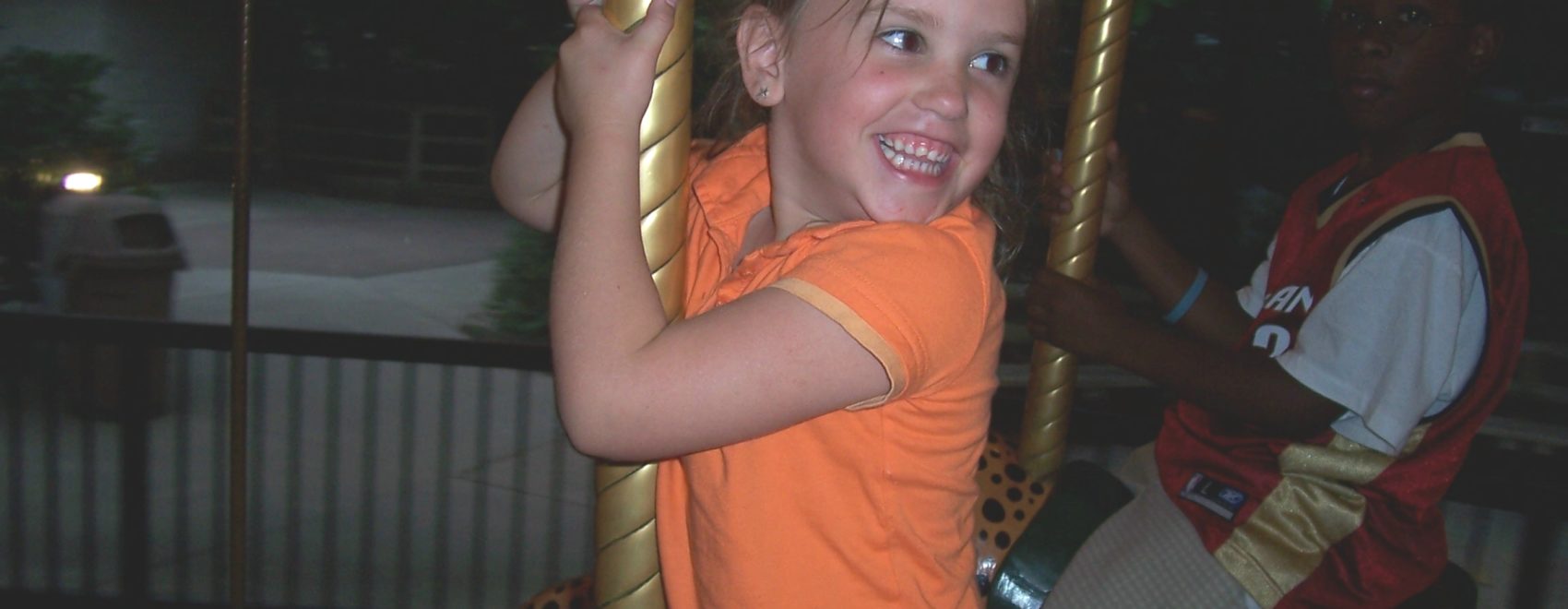
In Part 1 I talked about joy buckets and keeping them full. But what is a joy bucket and why does it matter if it’s full or not? Everyone has a place in their brain that Dr. Jim Wilder has affectionately named the joy bucket. This part of the brain is where joy is built and stored. It’s supposed to be built up and strengthened in infancy between 2-3 months and 12 months.
When mothers build joy properly with their babies during those months, that place in the brains develops as God designed it. Mother and baby alternate between smiling at each other and then looking away to rest. The joy bucket grows and stays full as they synchronize. The size and capacity of this part of the brain will determine how the child, and later the adult, handles stress and upset. All during life this part of the brain is regulated by joy and when it is full and functioning helps us handle upset, stay relational, control impulses and moral behavior.
Since it is easier to manage upset when our joy buckets are full, many times the first question I ask myself if I am feeling overwhelmed is,
“Is my joy bucket empty?”
Filling the Joy Bucket
If I notice others aren’t acting as they usually do, I might ask myself the same question about them. This gives us insight into our needs and we can look for various ways to fill the bucket when empty and keep it filled as much as possible. The principle way is by being with someone who is glad to be with me no matter what, someone who will synchronize with where I am at the moment and help me.
Keep the bucket full by:
- doing something fun
- laughing
- listening to music
- calling someone to help
- praying
- playing with a pet
Building joy is mostly non-verbal, communicated through true joy smiles, voice tone, eyes that light up and proper touch.
Return to joy from upset
So what about when conflict or distress comes into a joyful relationship? As any parent knows, babies become a little more difficult to deal with around their first birthday as they become mobile. From 12 to 18 months their little brains need to learn something new about joy. They need to learn how to return to joy from upset. Usually, children experience this by not getting what they want the way they want it. Mother stays glad to be with baby during the negative emotions. Over time, this helps grow the return-to-joy circuits in the brain as she synchronizes with the upset and models how to deal with it.
This carries over into life when a person learns that “pain means comfort is on the way”. We don’t have to fear negative emotions because we will stay glad to be together while we work it out.
Repair as soon as possible
In our family, we cannot bear to be out of joy with someone. We usually want to repair as soon as possible. We might have to separate for a while to process and calm down, but we know we will return to joy. Ephesians 4:26 tells us to
“Be angry and sin not; do not let the sun go down on your wrath.”
That’s a good return-to-joy verse that allows us to feel anger (or other negative emotions such as sad, shame, fear, disgust, hopelessness), and believe that we can work through it.
Conflicts happen in all relationships and repairing can be difficult, especially when someone is not very mature emotionally. That’s what I want to talk about next—emotional maturity.


I am enjoy your thoughts on joy and I really like the idea of posting parenting tips. We all need to be reminded. Great Job!